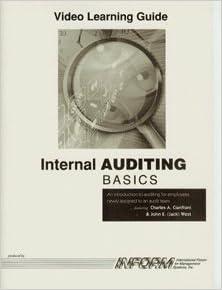Question
Cato has two beehives in his backyard. In June, the first hive had 44 pounds of honey stored in its honeycombs, and this amount continued
Cato has two beehives in his backyard. In June, the first hive had 44 pounds of honey stored in its honeycombs, and this amount continued to grow by 30%30% every month thereafter. The second hive had 11 pound of honey in June, and it produced an additional pound of honey each month thereafter.
Cato wants to model the total amount of honey produced by both hives for any given month after June.
Which option most accurately describes an appropriate model for this situation?
1. Cato should use a quadratic function to model the activity of the first hive, and a linear function to model the activity of the second hive. Then, he should multiply the functions together to find the total honey produced.
2. Cato should use an exponential function to model the activity of the first hive, and a linear function to model the activity of the second hive. Then, he should add the functions together to find the total honey produced.
3. Cato should use a quadratic function to model the activity of the first hive, and a constant function to model the activity of the second hive. Then, he should add the functions together to find the total honey produced.
4. Cato should use an exponential function to model the activity of the first hive, and a constant function to model the activity of the second hive. Then, he should multiply the functions together to find the total honey produced.
Step by Step Solution
There are 3 Steps involved in it
Step: 1

Get Instant Access to Expert-Tailored Solutions
See step-by-step solutions with expert insights and AI powered tools for academic success
Step: 2

Step: 3

Ace Your Homework with AI
Get the answers you need in no time with our AI-driven, step-by-step assistance
Get Started


